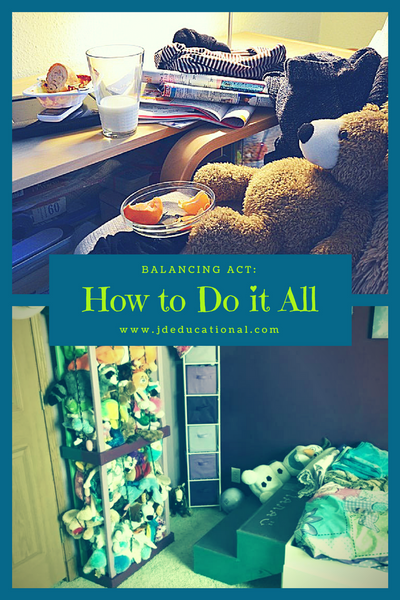Saying "no" can be scary. The thought of the next tantrum or meltdown on the horizon by saying that small word is daunting. Has this thought ever crossed your mind:
"Maybe if I give it to them just this once it will stop the crying."

Saying no and sticking to it is not easy, but it will prevent major headaches in the long term. Here is how.
1. Saying "no" tells children you are watching them.
Ever wonder why your child knows what they aren't supposed to do, but they peek at you while they are doing that exact thing?

They want to know that you are watching them. This may not be the most positive way to gain your attention, but it sure is the quickest! To a child, attention is attention, whether it be positive or negative. If your child is peaking at you while they are doing something they know they should be doing, tell them "no, don't do that" followed by a short reason why.
For example: "Charlie, don't touch the oven because you will burn yourself." We know they want your attention so acknowledge them and tell them when you will be able to give them undivided attention. "I see you looking at me right now. I want to play with you. I am setting the timer for 5 minutes. As soon as it goes off I will play with you."
2. Saying "no" helps children understand safety.
When I was in college, my child psychology professor told me a story of a bridge. She said that when children do things they shouldn't, they are testing safety and boundaries. As children walk down the road of life, sometimes they reach rushing water. The water is dangerous, but the bridge and side railings will keep them safe until they get to the other side.

How do you know the side railings of a bridge will hold you while you are in a car? As adult we know they are made of steel and it takes an awful lot of force to break through. In this "bridge" story, the parents are the bridge railings. Even though you tell your child "no, stop" sometimes they keep pushing. They are making sure "no really means no!" The bridge will not break because your word is strong (just like the steel on a real bridge). Although this testing is soooooo annoying, the "pushback" your child is giving you is a test to make sure you are strong and will keep them safely on the bridge of life.
When you say "no," be consistent. Say no every time and your child will soon understand that you mean what you say and in return they will give you their trust and support. Make sure you give your child the reason behind your answer: "Amanda, I said no because when you crawl under the table you might get stuck." Eventually, your child will understand your wisdom and their safety is your number 1 priority, but testing is the way our young two, three and four year olds discover this truth.
3. Saying "no" supports children's independence.
Although it may seem like saying no is dictating what a child can do, it is also giving them the choice to find something else to do. If a child is unable to do something, give them a choice of other activities. For example: "Henry, eating a cookie before dinner is not okay, but you can draw me a picture with these crayons or build a tower out of those legos."

As children learn to respect the "no" they will start to come up with alternatives on their own. Remember to always give the reason "why" when telling a child "no." This helps children understand that you have a purpose behind this word and will help them think critically about situations in the future (such as why or how things happen), keeping themselves safe!
It takes some time for children to learn that the word "no" is usually used for a good reason. Sure they may cry and tantrum, but with consistent explanations and redirections, this behavior should be few and far between. To learn practical ways on how to prevent tantrums and support your child in communicating their emotions (rather then screaming), use our Soothing Sammy Set.

This set teaches parents how to respond to typical children's behaviors in a positive way and learn more about why children act they way they do. Sammy is a wonderful way to help children learn how to process their own emotions in a safe and effective way so they can problem-solve and move on.
For more information on Sammy, visit our Soothing Sammy page.
About the Author: Jeana Kinne, MA has spent over 16 years in the Early Childhood Education field. She has worked as a Preschool Teacher, Preschool Director, Preschool Consultant and with children with Special Needs. Jeana created JDEducational to guide parents in learning simple teaching techniques which keep their child engaged, excited to learn. She hopes that through learning and growing together, families will create life-long memories. Learn More About Jeana Here.





